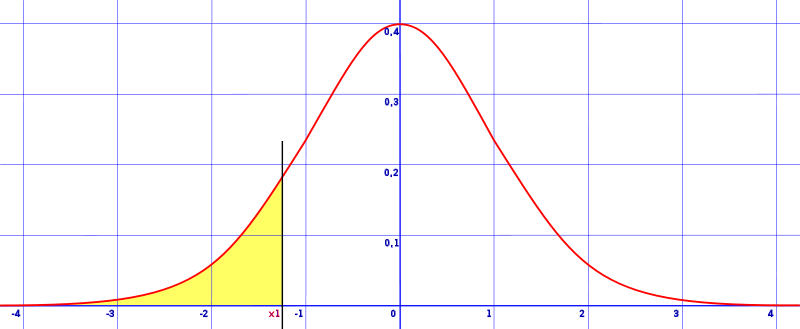A directional test is a hypothesis test where a direction is specified (e.g. above or below a certain threshold). For example you might be interested in whether a hypothesized mean is greater than a certain number (you’re testing in the positive direction on the number line), or you might want to know if the mean is less than that number (you’re testing towards the negative direction). Directional tests are appropriate in situations where you expect a change that is either positive or negative, not both.

A directional hypothesis states not only that a null hypothesis is false, but also that the actual value of the parameter we’re interested in is either greater than or less than the value given in the null hypothesis.
Strong and Weak Points of a Directional Test
Directional tests are more powerful than non-directional tests. Their targeted nature also makes them more conclusive: since the entire critical region is concentrated in one tail, data whose test statistic may fall in the region of rejection in a one tailed test may fall outside it in a two tailed test. Therefore, they are a good choice whenever you are certain, before analysis, that the possibility of change is in only one direction. Where there is any doubt, a two-tailed test should be used instead.
References
Bliwise, Nancy. Directional Test. Introductory Statistical Tutorials, Emory University. Retrieved March 16, 2019 from: from http://www.psychology.emory.edu/clinical/bliwise/Tutorials/SPOWER/spowttail.htm
McNeil, Keith. Directional and Non-directional Hypothesis Testing: A Survey of Members, Journals, and Textboks. March 97. Paper presented at the annual meeting of the American Educational Research Association (Chicago, IL, March 24-28, 1997). Retrieved from https://files.eric.ed.gov/fulltext/ED409374.pdf on March 16, 2019.